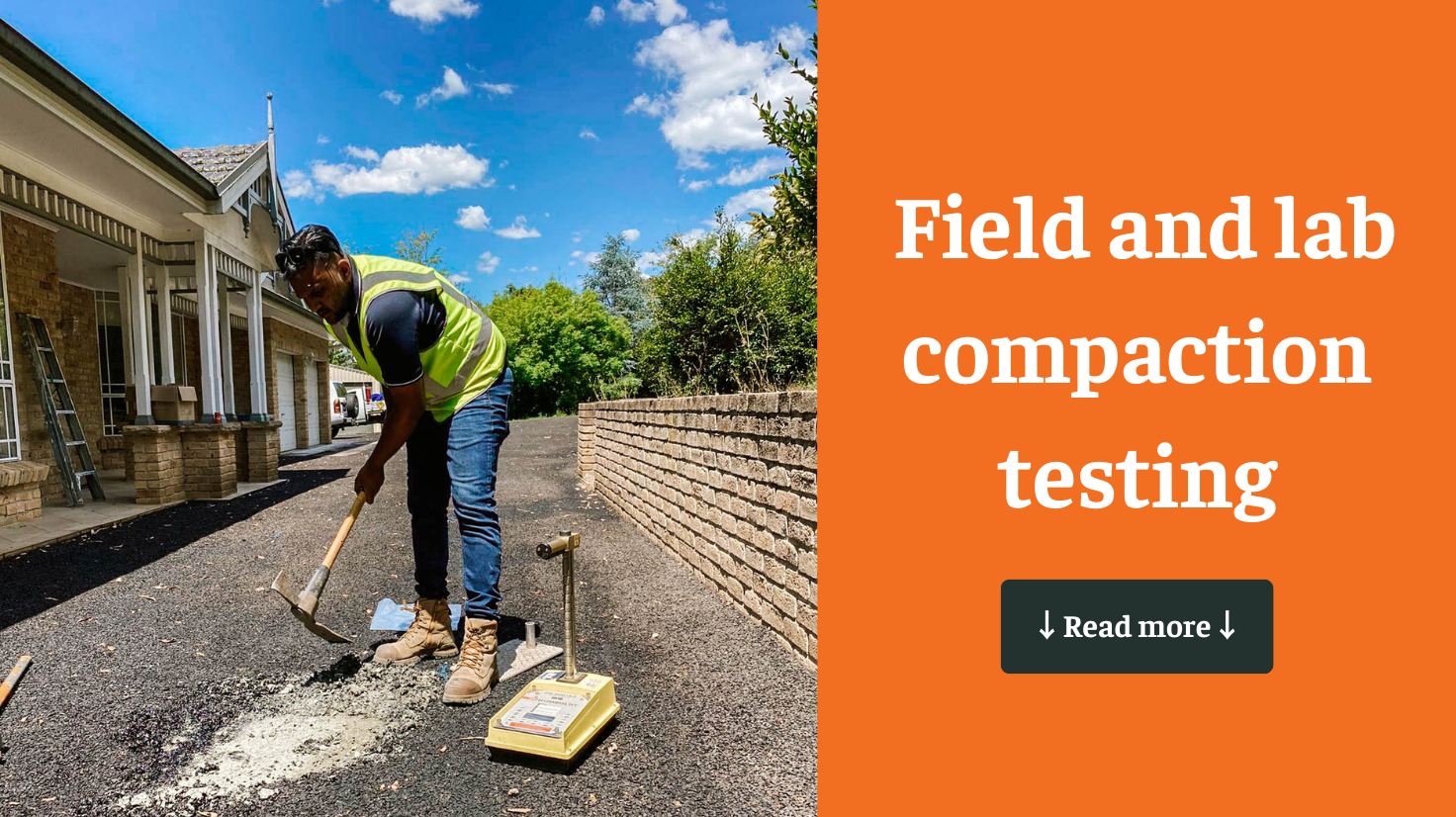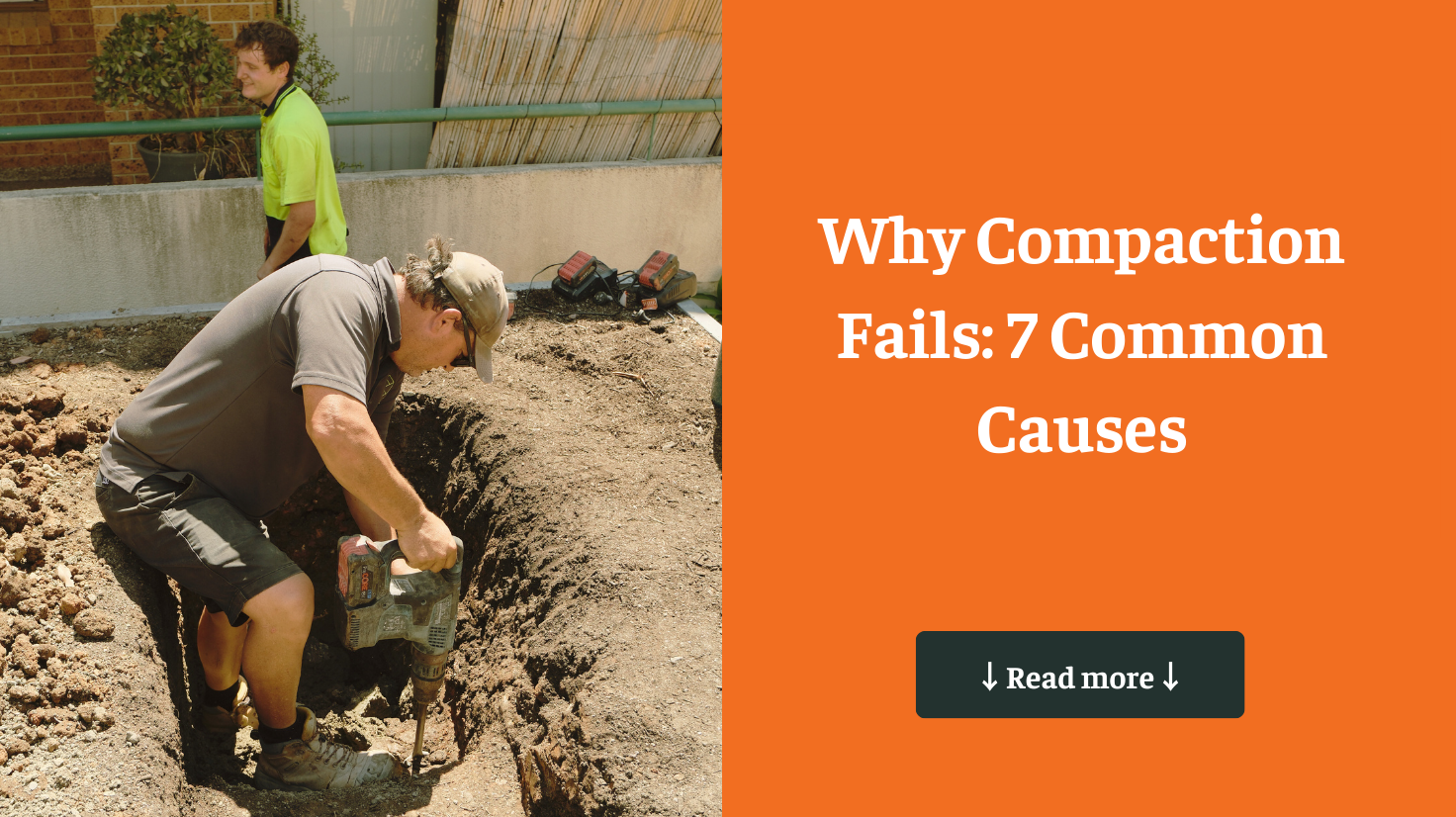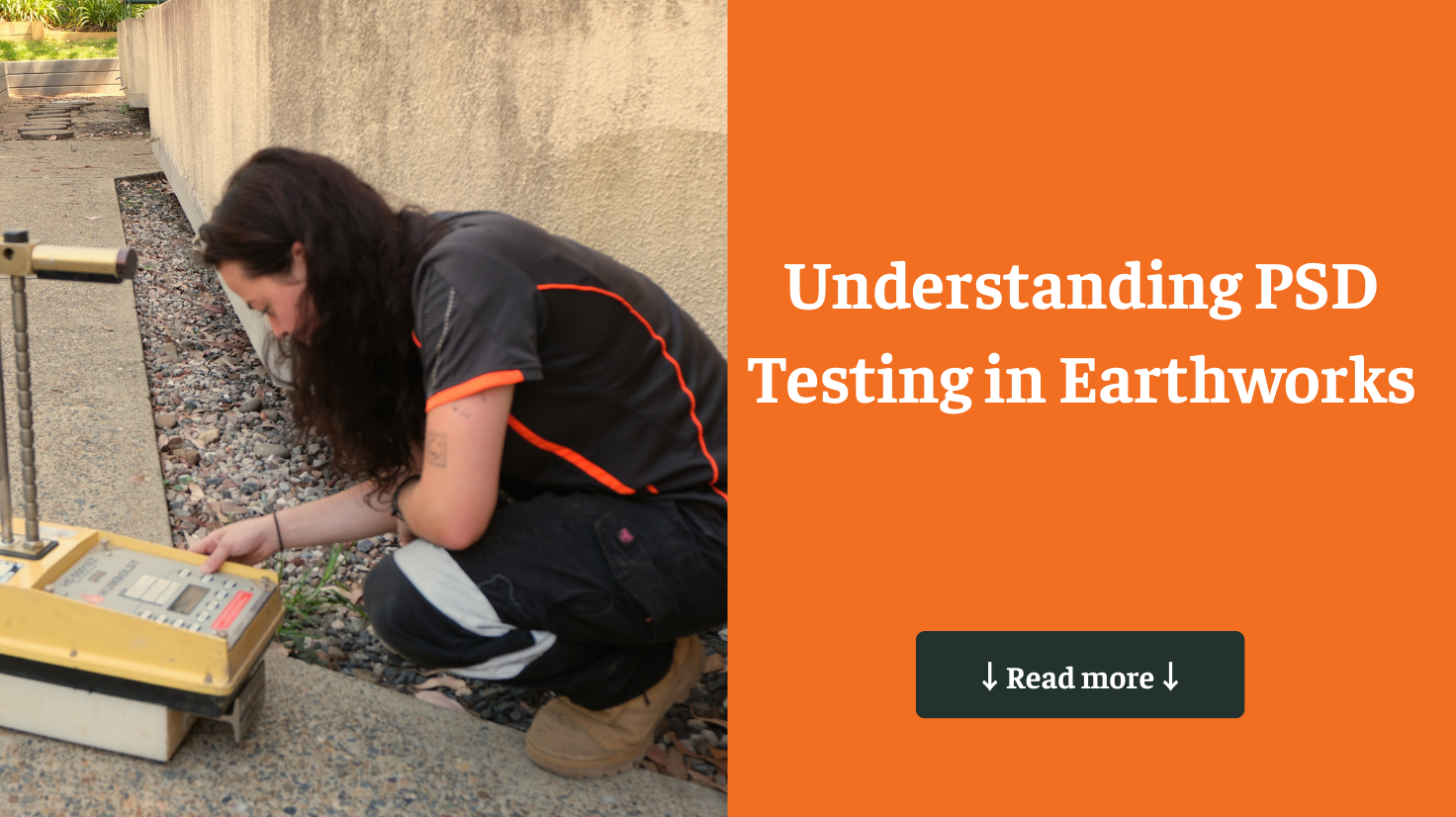Soil compaction is a critical process in construction, ensuring that the ground is stable enough to support buildings, roads, and other infrastructure. Without proper compaction, structures could suffer from settlement, cracking, or even failure over time. Two primary methods are used to evaluate soil compaction: field testing and lab testing. While both aim to measure the effectiveness of compaction, they differ in their application, accuracy, and the insights they provide.
This article explains the differences between field and lab compaction testing, helping you determine which method is best suited for your construction project.
1. Introduction to Compaction Testing
Compaction testing measures the density of soil to ensure it can bear the loads imposed by structures. It is a fundamental process that ensures the long-term stability of the ground beneath any building or road. Both field and lab testing methods are designed to verify the quality of soil compaction, but they serve different purposes. Field compaction testing is performed directly on the construction site, while lab compaction testing is done under controlled conditions. Each method has its advantages and is suitable for different phases and types of construction.
2. Field Compaction Testing
Field compaction testing is conducted on-site and is often performed using methods such as the nuclear density test or the sand cone test. These tests measure the in-place density and moisture content of the soil, offering immediate feedback to construction teams. This real-time information allows for quick adjustments if the soil fails to meet compaction standards.
One of the main advantages of field testing is its ability to reflect actual site conditions. Environmental factors such as soil type, moisture levels, and weather can vary significantly, and field testing takes these into account. By evaluating the soil on-site, engineers and contractors can ensure the compaction meets project specifications under the specific conditions present during construction.
However, field testing is not without its limitations. The results are influenced by external conditions, which may not always produce the most accurate or consistent data. While field testing is useful for on-the-spot assessments, it may not provide the detailed insights necessary for high-risk or highly technical projects.
3. Lab Compaction Testing
Laboratory compaction testing, in contrast, is performed in a controlled environment, providing more detailed and consistent data. One of the most common lab tests is the Proctor test, which helps determine the optimal moisture content and maximum dry density of the soil. This method is essential for understanding how soil will behave when it is compacted.
Lab testing is typically more accurate because it eliminates variables such as weather and moisture fluctuations. By controlling these factors, engineers can gain a precise understanding of the soil’s properties and behavior. This makes lab compaction testing especially valuable for large-scale or complex projects where soil performance needs to be predicted with a high degree of accuracy.
Despite its precision, lab testing has a significant drawback: it takes time. Soil samples need to be collected, transported to a lab, and analyzed before results can be generated. This process can slow down decision-making, especially when immediate results are required on a construction site. Moreover, because the testing is done in an artificial environment, it may not fully account for the actual conditions on-site.
4. Key Differences Between Field and Lab Compaction Testing
To better understand how field and lab testing differ, the following table summarizes the key aspects:
Aspect | Field Compaction Testing | Lab Compaction Testing |
Environment | Conducted on-site in real-time under natural conditions | Conducted in a controlled laboratory environment |
Purpose | Provides immediate feedback for real-time adjustments | Provides detailed analysis of soil properties |
Accuracy | Subject to on-site conditions and variations | Highly precise due to controlled testing conditions |
Response Time | Immediate results, allowing for quick corrective actions | Takes longer to get results due to sample collection and testing |
Conditions Accounted For | Considers site-specific factors like moisture, weather, and soil variations | Does not account for site-specific conditions directly |
Best Suited For | Fast-paced projects that require immediate adjustments | Complex or high-risk projects that need in-depth soil analysis |
5. When to Use Each Method
The choice between field and lab compaction testing depends on the specific requirements of your project. Field testing is the go-to method for projects where immediate results are needed and adjustments must be made on the spot. It’s also useful in cases where environmental conditions, such as fluctuating moisture levels or weather changes, play a significant role in soil compaction.
In contrast, lab compaction testing is best suited for projects requiring a more detailed analysis of soil behavior, particularly in large-scale or high-risk developments. Lab tests provide the precision needed to predict how soil will perform under different conditions, making them essential for projects with strict safety and stability requirements. However, it’s important to remember that lab testing requires more time and may not account for real-world conditions on-site.
6. Conclusion
Both field and lab compaction testing are vital for ensuring the safety and durability of construction projects. Field testing offers quick, on-the-ground results that allow for immediate adjustments, making it ideal for fast-paced construction environments. On the other hand, lab testing provides a more comprehensive and controlled analysis of soil properties, making it invaluable for complex or technical projects that demand high precision.
By understanding the key differences between field and lab compaction testing, construction teams can make informed decisions on which method is most suitable for their project. Whether you need immediate feedback to adjust on-site efforts or detailed data for long-term planning, selecting the right compaction testing method is critical for the success and stability of any construction project.
Order Our Geotechnical Services Now







